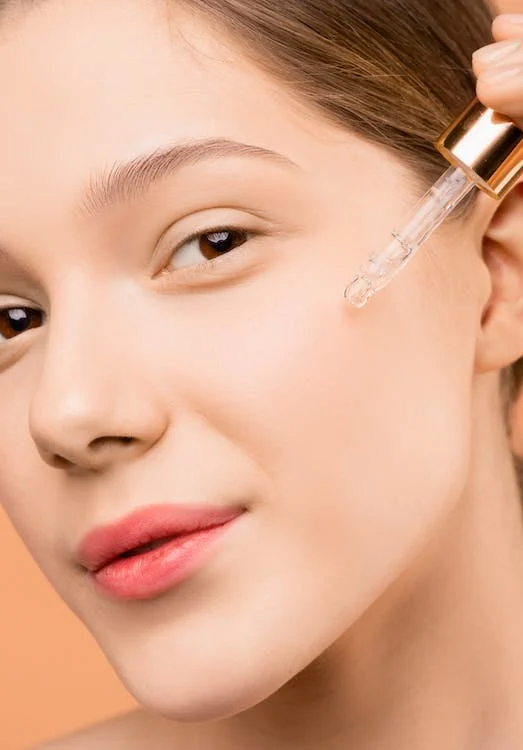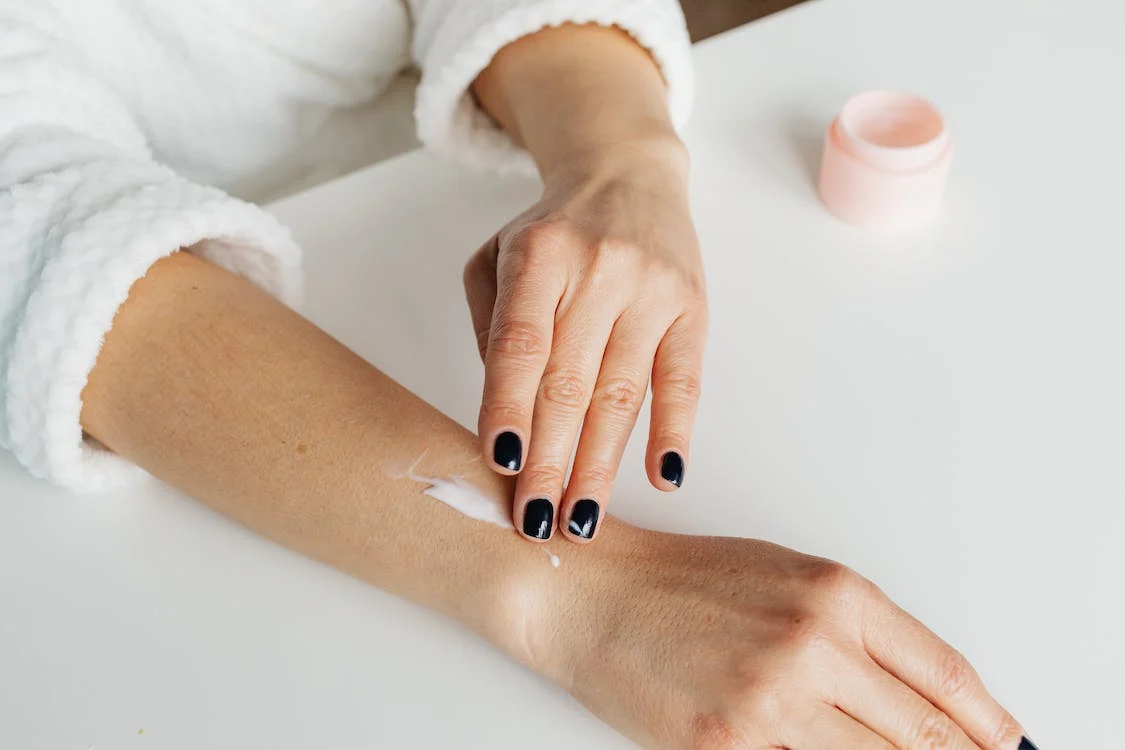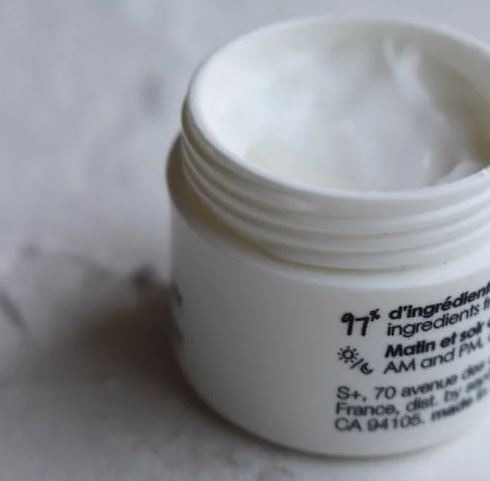Nobody enjoys having dry skin and hair. Dry skin is uncomfortable, but it also makes eczema and other skin problems worse and increases the likelihood of getting a skin infection.
On the back many skincare products, the list of ingredients might seem a mile long, but understanding what each item on that list does will help you choose the most efficient products for your skin.
Often, the cause of dry skin and hair is a loss of moisture. Using humectant-containing products may help your skin and hair retain more moisture.
What Are Humectants and How Do They Work?
Ingredients that bind and attract water are called humectants. It is a typical moisturizing component used in lotions, shampoos, and other hair and skin care products. They are well-known for their capacity to retain moisture while keeping the overall characteristics of the product. They work by bringing moisture to the surface of the skin from underneath. They also pull water from the air to the skin if the relative humidity is over 70%.
Humectants serve a similar purpose in hair care products. They attract water to the shaft of the hair, which helps to keep the hair moisturized. [1]
Chemically speaking, humectants are hygroscopic compounds that interact chemically with water molecules to generate hydrogen bonds. This connection draws water from the deeper cell layers, which helps to hydrate the skin. [2]
Humectants work by drawing water from the skin’s second layer, the dermis, to the skin’s top layer, the epidermis. This process results in an increase in the amount of moisture that is present in the stratum corneum, which is the layer of dead cells that makes up the epidermis’s outermost crust. Doing so will make the skin seem smoother and less prone to flaking, cracking, and chafing.
Humectants also help dead skin cells shed by breaking down the proteins that hold them together. This process is called desquamation. If the relative humidity is more than 70 percent, humectants have the ability to actually pull water vapor from the air to assist in moisturizing the skin. [2]
Kinds Of Humectants
Both synthetic and naturally occurring humectants find widespread use in the cosmetics and personal care industries. They serve distinct purposes, and some of them may have special qualities that make them useful in certain uses.
- Natural Humectants. Natural humectants serve two purposes: they attract moisture to the skin’s surface and enhance the skin’s inherent moisturizing capabilities. They achieve this by using chemicals that promote the production of moisture in the dermis and the development of new cells in the epidermis.
- Synthetic Humectants. Synthetic humectants are extensively used in personal care products due to their low cost of production and inherent stability. Although synthetic humectants are effective at retaining some moisture, they offer no nutritional value to the skin and have no other noticeable benefits. In some instances, they can interfere with the body’s natural moisturizing mechanism, which can dry out the skin over time. [2]
Types of Humectants
Although humectants come in many forms, some are more popular than others. he most prevalent ones are as follows:
- Glycerin. Glycerin, also known as glycerol, is a transparent chemical found in animal and plant tissue, including human tissue. Glycerin used in cosmetics is mostly produced from sugarcane and soybeans.
One of the best humectants is glycerin, which also supports a healthy skin barrier. [3]
- Alpha Hydroxy Acids (AHA). AHAs come from natural sources. They are often used into anti-aging skin care routines. AHAs may also aid in the removal of dead skin cells. This makes it easier for your moisturizer to absorb into your skin. [4]
- Salicylic Acid. Salicylic acid is classified as a beta-hydroxy acid. It is often used to treat blackheads and whiteheads. Some salicylic acids are derived from natural sources, while others are synthesized.
Salicylic Acid removes excess oil and dead skin cells from the hair follicle, which may cause outbreaks. This may also aid in the absorption of your moisturizer. [4]
- Hyaluronic Acid. Hyaluronic acid is most often found in anti-wrinkle creams. It is frequently combined with vitamin C to moisturize dry skin. [4]
The vast majority of hyaluronic acid used in cosmetics is synthetic.
- Urea. Urea is a colorless crystalline organic substance that occurs naturally in the body as part of the skin’s natural moisturizing factor (NMF), which keeps the skin hydrated. It is synthetically produced for use in cosmetics. [5]
- Sorbitol. Sorbitol is a chemical compound that belongs to the category of sugar alcohols. Through the reduction of glucose, an aldehyde group is converted into a hydroxyl group.
Sorbitol is an emollient and humectant. Because of its ability to attract and hold moisture, it is often used in moisturizing products including creams, shampoos, and lotions. In addition to moisturizing, sorbitol also enhances and smooths the skin. [6]
- Panthenol. Panthenol is a precursor of pantothenic acid, also known as vitamin B5, which has recently become a common component in many skincare products.
Panthenol is a humectant, which means that it holds and binds water, and these properties make it ideal for retaining moisture in the skin.
- Propylene Glycol. Propylene Glycol is used as a humectant in numerous skin care products. Primarily, it locks in moisture and draws it to the skin’s outermost layer. It is hydrating and maintains your skin soft and smooth. Due to its humectant properties, it is also regarded as a beneficial ingredient for parched, aged skin.
What Benefits Does A Humectant Offer Your Skin?
The following are some of the benefits of humectants:
1. Hydration
A humectant’s primary and most notable benefit is hydration. Humectants work by maintaining the skin’s moisture, softness, and hydration throughout the day. Humectants draw moisture from the surrounding environment to the skin’s surface.
2. Exfoliation
Exfoliating your skin is another way humectants work. This makes it easy for other ingredients to get through its layers and do their jobs.
3. Prevents Flaky and Parched Skin
Certain internal and external factors can contribute to skin irritation, flaking, and dehydration. Humectants maintain the softness and hydration of the skin, preventing itching and flaking.
Takeaway
Be careful about what you put on your skin and hair.
Humectants are substances that draw water from your skin’s deeper layers and the surroundings. These are often used in the food, cosmetics, and haircare sectors to preserve moisture.
Humectant-containing products may help your skin and hair maintain moisture.
Humectants are essential to the hydration of the skin. It makes no difference whether you use them as a toner, serum, lotion, or cream; what matters is that they are a part of your regimen. They hydrate your skin and help maintain its youthful appearance. People with different skin types and concerns may easily discover a humectant mixture that works for them, since there are many different kinds.
To maximize the benefits of humectants, you need to know which kind is ideal for you and how to use them in your daily routine.
References:
- West M., (31, March 2022) What are humectants, and what do they do? MedicalNewsToday
- Brannon H., (19, August 2022) Why Humectants Are Used in Skin Moisturizers, verywellhealth
- WebMD Editorial Contributors, (28, June 2021) What Is a Humectant?
- Cherney K., (28, January 2019) How Humectants Keep Hair and Skin Moisturized, healthline
- Franzino A., (14, March 2020) What Are Humectants in Skincare? Beauty Scientists Explain
- Sikorska J., (12, January 2023) Sorbitol (E420) – Use in Food Industry, Cosmetics and Medicine



